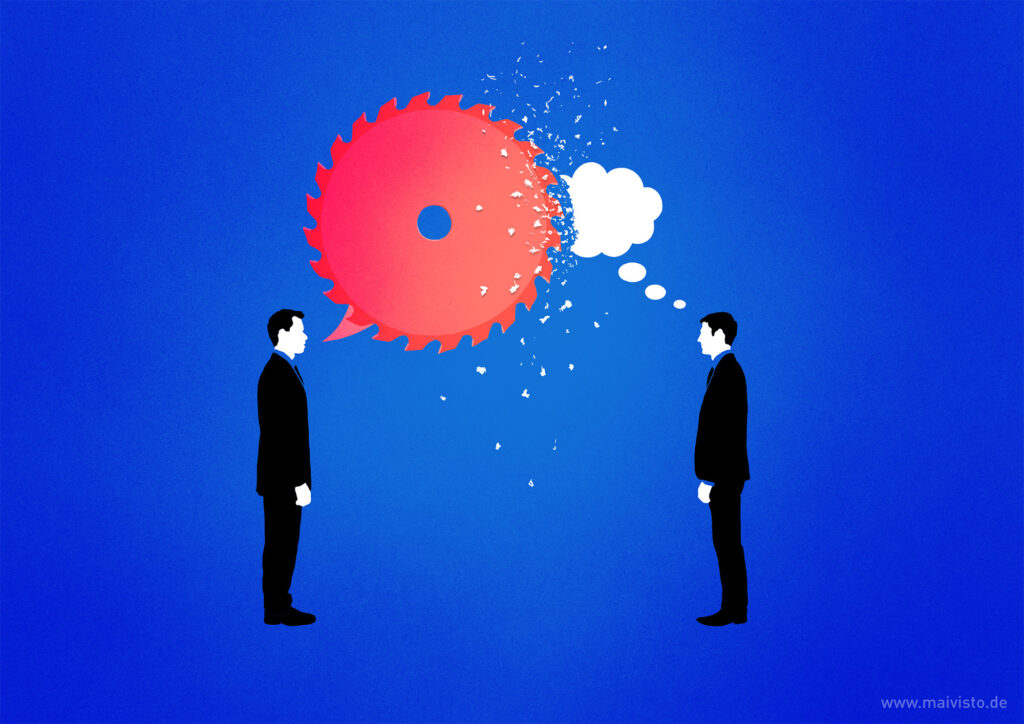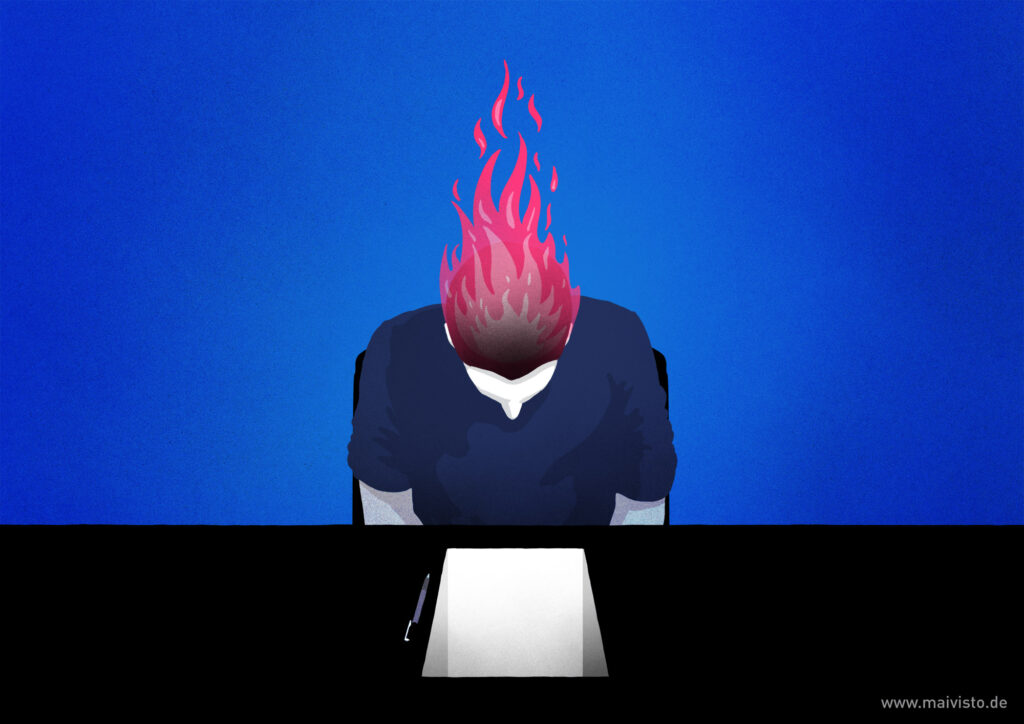
“Whoever has created something has to be asked.”
Florian Schroeder (reproduced quote from his friend)
This quote contains everything required to give and receive criticism. When we create something, it is basically to be valued. Provided is the abstinence from laziness and that it is not intended to be destructive in nature. It is, first of all, a contribution and, therefore, something positive. It is unimportant at what level the creator is. A student, as well as a professional, both deserve a minimum of respect.
Continue reading “About criticizing creative work and being criticized for creative work”
